Hemp clothing: fashioning eco-friendly clothing from hemp
min. reading
Not everyone knows that hemp can be used to make more than dietary supplements or cosmetics. Their fibers are widely used in various industries, including textiles and fashion. Hemp fabrics are characterized by above-average strength while their production process is much more environmentally friendly than that of popular cotton. No wonder the fashion industry is increasingly interested in this material.
Hemp has a very long history of use as a fiber, having been cultivated for thousands of years on almost every continent. Their fibers have long been used to make canvas for clothing, ropes, bags or sails. There is even an assumption that the word canvas comes from the word cannabis due to the widespread use of this raw material around the world. According to written sources, clothes made of hemp were worn as early as in ancient times, in modern times due to prohibition hemp lost its popularity also in industry, today we can observe its great return to salons. Is it well-deserved?
Table of Contents
What are the characteristics of hemp clothing?
Hemp fibers are some of the strongest natural fibers found in nature. In addition to cloth, they are also used to produce durable ropes, cords or sailing canvas. Fabrics created from their fiber show high resistance to abrasion, moisture and adverse weather conditions. So it’s not surprising that the fabric was recognized by the well-known American clothing manufacturer Levi Strauss, which produced its first pair of jeans precisely from hemp.
Clothes made of hemp have similar thermal properties to linen: when it’s hot – they cool you down, on cold days they warm you up, in addition, they protect the skin from UV radiation. Like cotton, hemp material is absorbent and breathable, while it is distinguished by the fact that it is more resistant to wear and tear and better protects against the cold, due to its excellent insulating properties. In addition, hemp clothing is an excellent choice for people with sensitive skin, as it is antibacterial, anti-fungal, anti-static and anti-allergenic. The hallmark of hemp clothes is their durability – they do not deteriorate in the wash, they are much more durable, while their colors practically do not wash out.
Hemp fabrics are as natural as cotton, but their production is much more sustainable, as the cultivation requires less water and is much more efficient. Hemp fiber materials are fully organic and biodegradable. At the production stage, the fabric is also much less demanding in terms of the use of dyes and other chemicals.
How are hemp clothes made?
According to historical sources – the production of hemp canvas, ropes and cords was possible several centuries ago. Primitive methods of producing hemp yarn are still possible and available, however, for the purposes of mass production this process had to be refined and, above all – automated.
To produce hemp clothing, manufacturers use fairly stiff, long fibers extracted from the plant’s stem. The first step is to separate them from the bark, then the fibers are combed, loosened, laid in parallel and later woven to produce a continuous thread from which hemp yarn is made. Special weaving machines produce the fabric by interlacing the threads with each other. In addition to the mechanical way of producing yarn, there is also an alternative process that is faster and cheaper, however, it requires the use of a considerable amount of chemicals. This is especially true for very fine versions of hemp fabric resembling viscose or silk.
The process of weaving for industrial use requires the use of a special production line, of course, in artisanal conditions it is also possible, but the primitive methods of creating the fabric are very time-consuming, which makes the material very expensive. Most hemp garments created from 100% hemp fabric tend to be stiff and quite rough, especially at first. Over time, with use, the fabric begins to work and becomes softer. In contrast, hemp clothing created from a knitted fabric, such as one containing hemp and cotton or hemp and viscose, is more flexible and softer.
What brands produce clothing made from hemp?
There are already at least a few brands on the Polish market that produce their clothes from hemp fabrics. As a rule, these are small companies of young designers, which offer relatively expensive products, generally made in an “on demand” manner – sewn to order, i.e. in a preorder system. The high price of such a product is related not only to the artisanal nature of its manufacture, but is due to the fact that hemp fabrics are relatively expensive and their availability in Europe is limited. Such brands are characterized by small annual or semiannual collections and the high quality of their products, which usually stems from a mission related to organic fashion and the trend of sustainable production. Brands available on the Polish market include: CannaWear, Dbam, Santa Maria, Hemp Empire and Hemp Souls.
The leader and forerunner of the use of hemp fabrics among major clothing manufacturers is the Levi Strauss brand. The first jeans designed by the company’s owner were made of hemp fiber – at one time they were very popular in the US, especially among farmers or rodeo riders, who described them as indestructible. Nowadays there is a group of clothing manufacturers with a global reach who permanently have clothes made of hemp materials or blends of hemp and other fabrics, these include: Patagonia, Wrangler, Vans, Billabong, Levis, or the lesser-known Afends and Wrap London. Other companies take a more cautious approach – once in a while they make available individual hemp models, for example: ASOS, COS, H&M or Zara.
In countries more developed in terms of cultivation and production technology of hemp fabrics, for example, Australia, Canada or the USA, there are a considerable number of fashion brands whose collections are based mainly on hemp materials, for example: Hemp Temple, Mara Hoffman, Jungmaven or Tentree Clothing. Even global fashion designers such as Alexander Wang and Vivienne Westwood have designs using hemp fabrics. This shows that the fashion world is becoming increasingly interested in this material, but will it be the future of the fashion industry?
Ecological benefits of hemp clothing production
Since the cultivation of hemp is not demanding – the plant grows in all conditions, there is no need for herbicides or pesticides and large amounts of water – it is an excellent raw material for fabric production and certainly one of the most ecological. It takes up to 20,000 liters of water to produce 1kg of cotton, which is equivalent to 1 pair of jeans. In contrast, the same amount of hemp material can be produced with just 300-500 liters of water. Already in this field one can see the huge advantage of hemp. In addition, the period of their growth until the long fibers from which fabrics are made are obtained is only 3-4 months, which is half the time of cotton. Hemp cultivation is also much more efficient – it provides more fiber. To produce 1 ton of fabric it takes half as much hemp cultivation, compared to cotton. In the context of comparing the two fabrics, there is another aspect where hemp wins, and that is the use of pesticides. Global cotton cultivation consumes large amounts of these chemicals, it is said that up to 10-16% of the world’s pesticide production is used to grow cotton. Hemp requires minimal or no amounts of them, as it has natural defense mechanisms against pests and its crop is more stable.
Hemp is one of the most sustainable crops in the world. Not only are the plants low maintenance, they also have soil remineralizing properties and even a negative carbon footprint – during their growing season they absorb more CO2 than they produce themselves. At the fabric manufacturing stage, they also don’t require many chemicals or dyes (they are highly absorbent, so they take less time to dye). Hemp clothes are biodegradable, non-toxic, neutral to the environment – their disposal does not pollute it. It is undoubtedly one of the most environmentally friendly fabrics, whose overall ecological footprint is much lower than that of cotton or other materials.

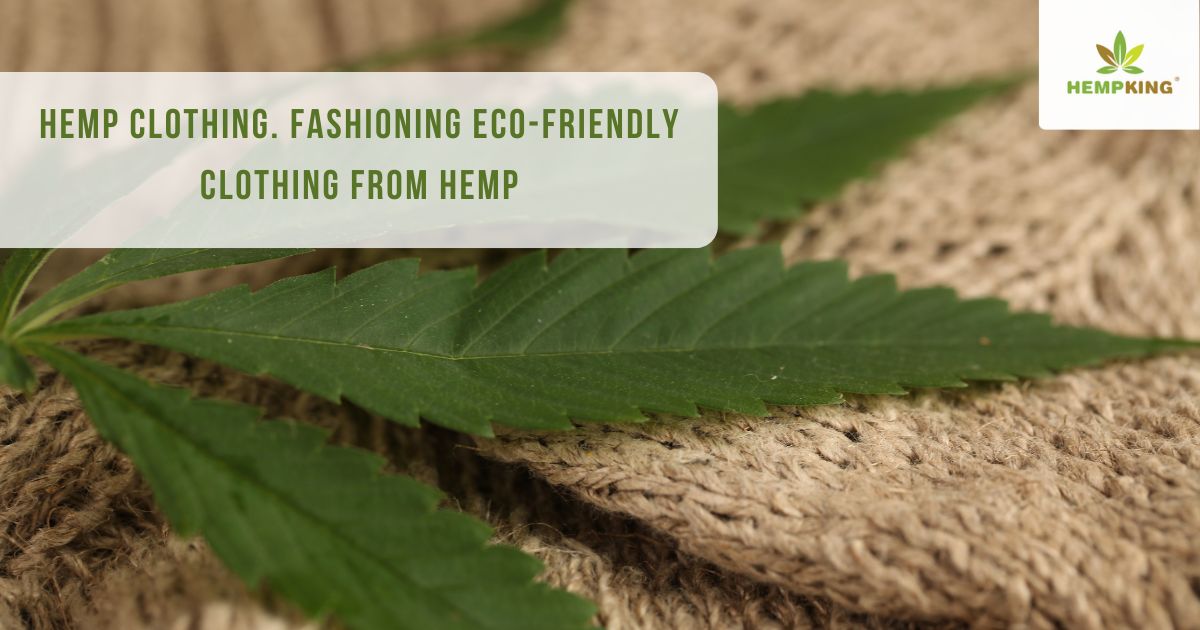
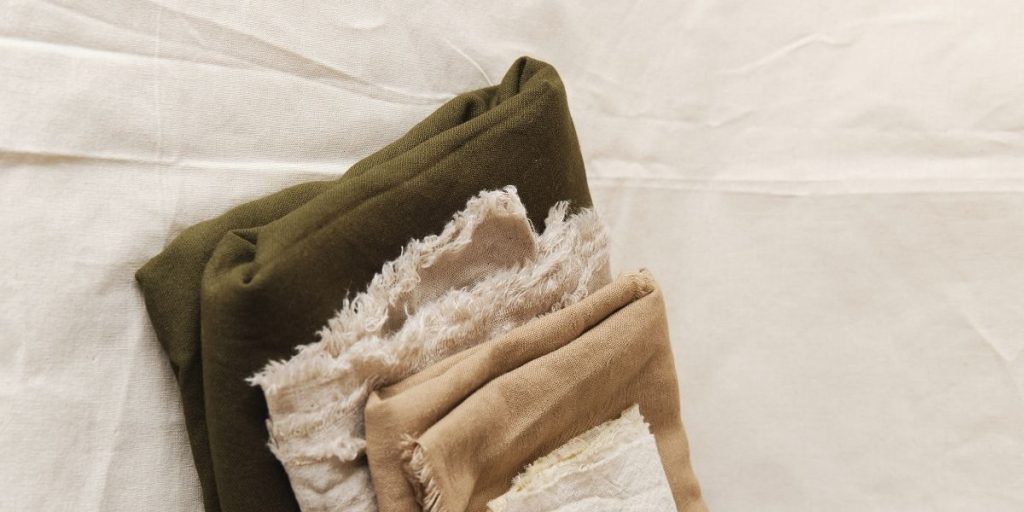
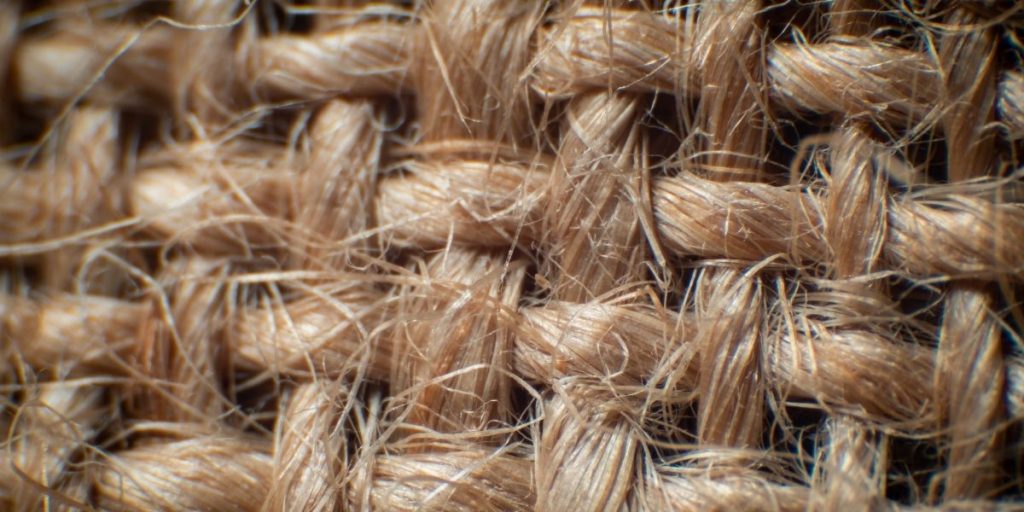
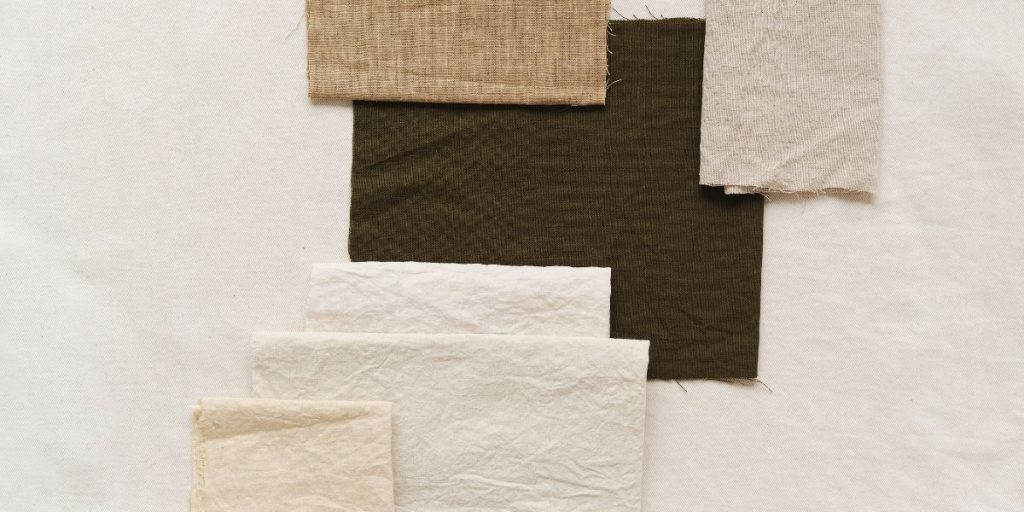

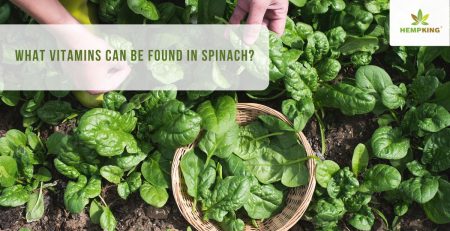
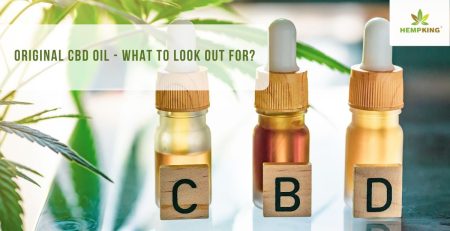
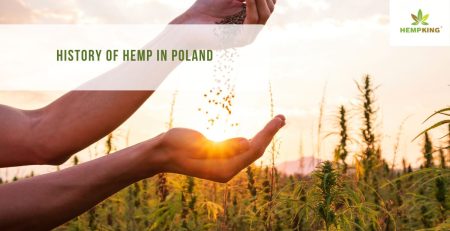
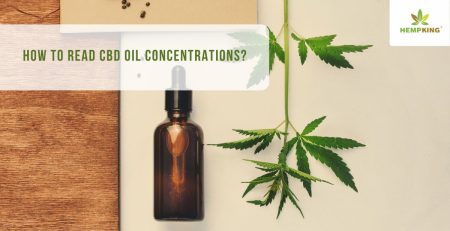
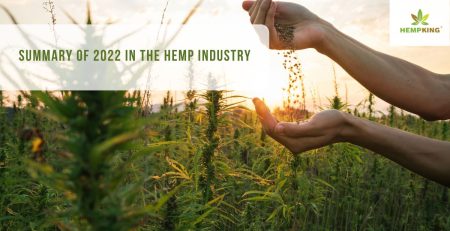
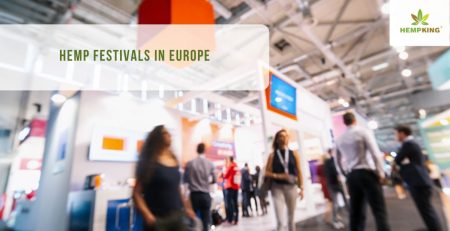
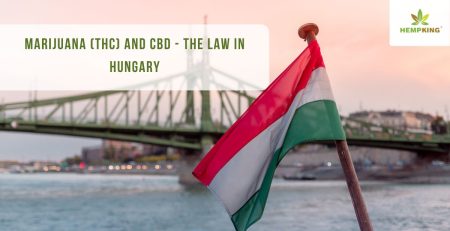
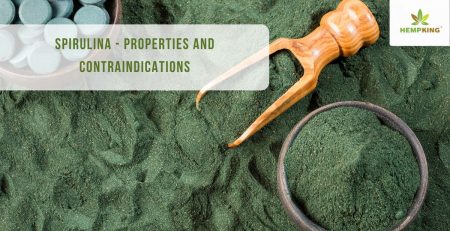

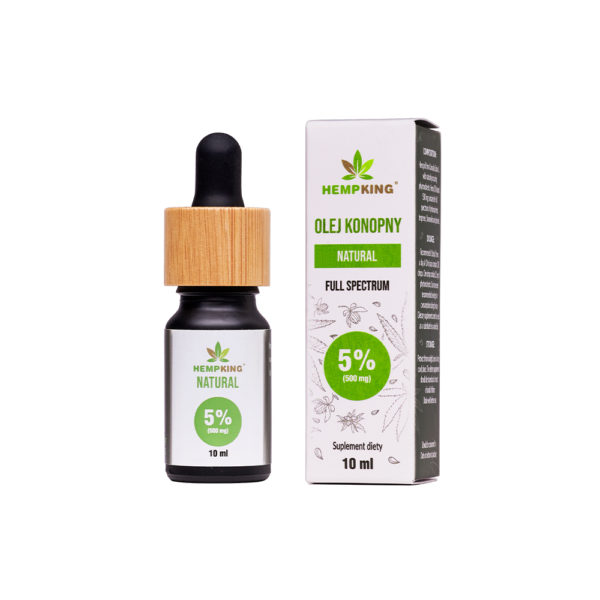
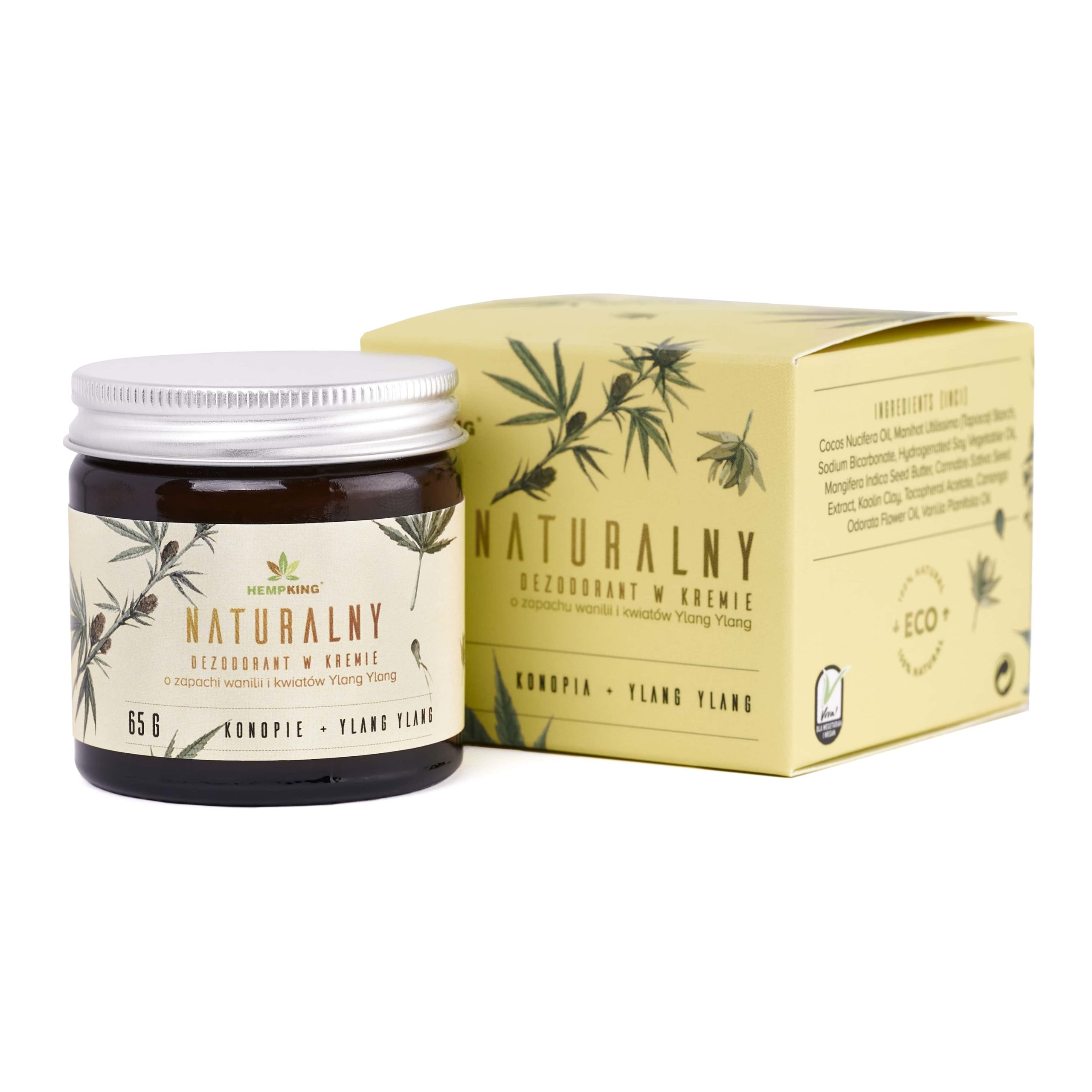
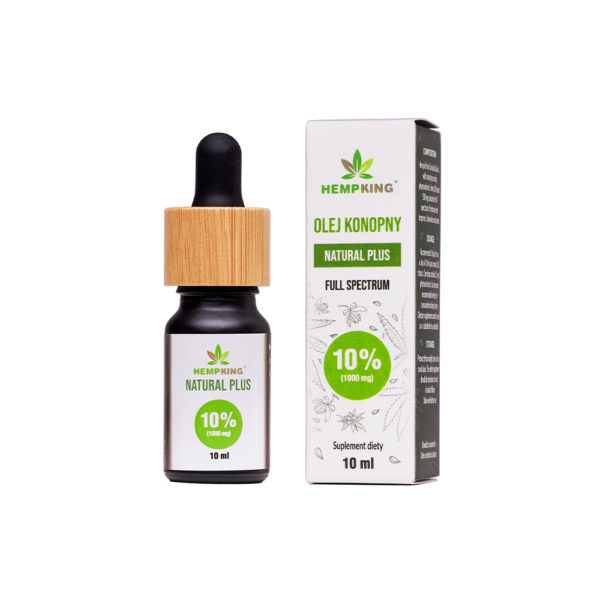
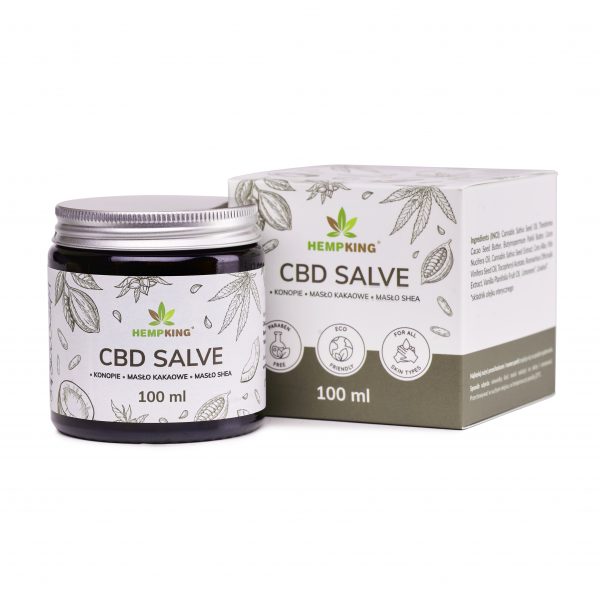
 Facebook
Facebook Instagram
Instagram

Leave a Reply